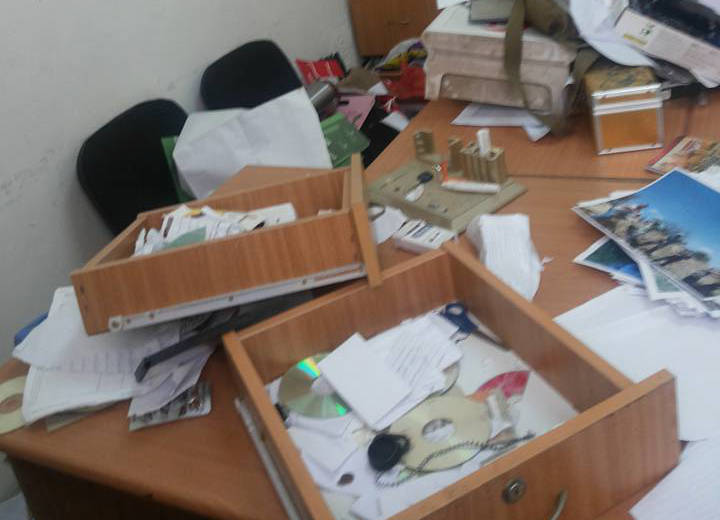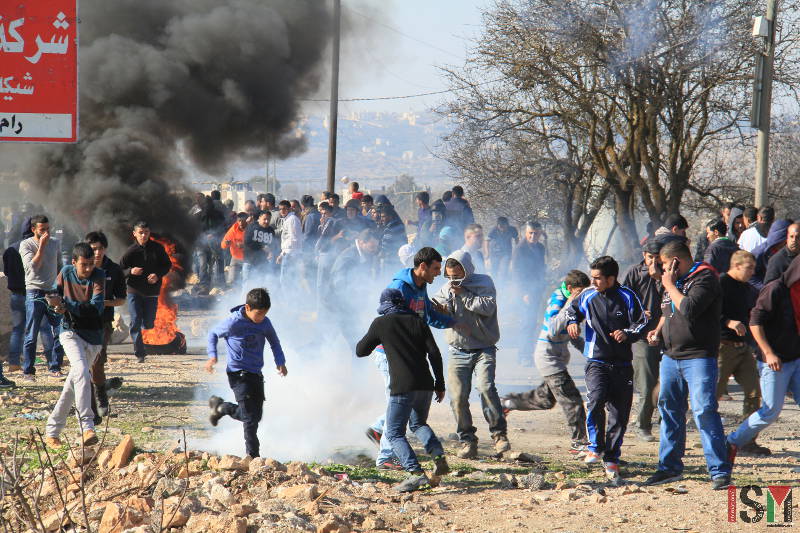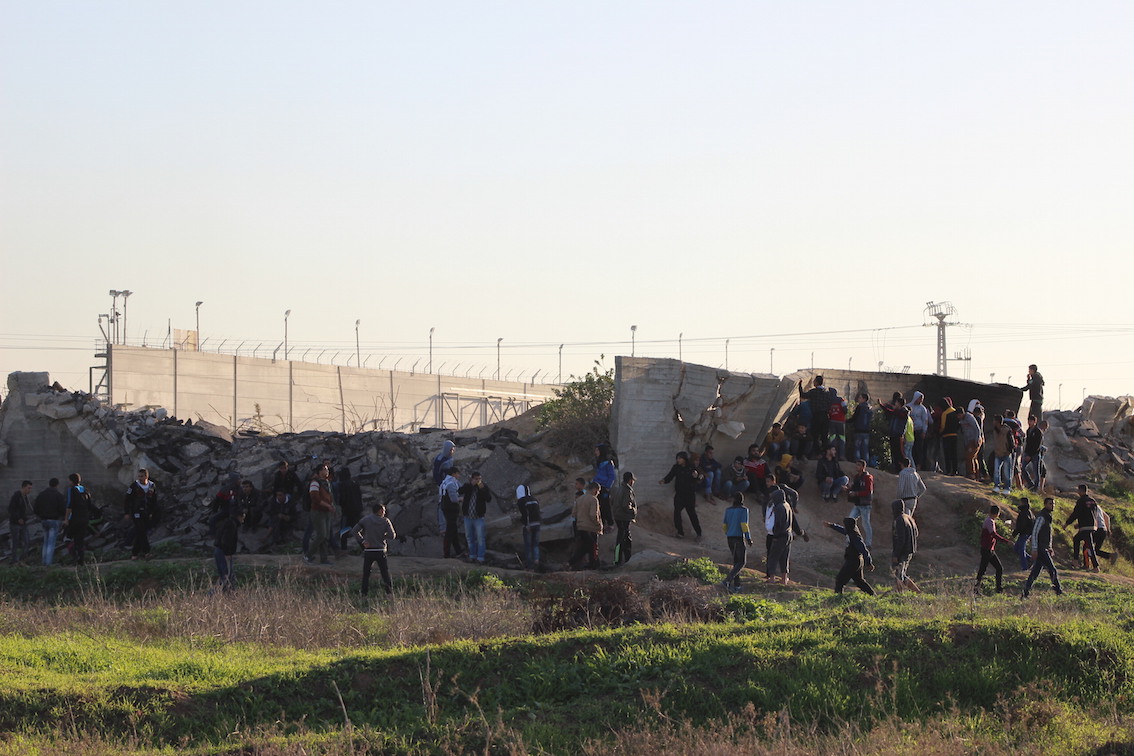Category: Photo Story
-
Tanweer cultural centre in Nablus raided at night, equipment stolen and damaged
15th of December, 2015 | International Solidarity Movement, Nablus team | Nablus, occupied Palestine On the night of the 10th of December, the Israeli forces raided the Palestinian cultural Centre Tanweer, near the old city of Nablus, and stole hardwares, wifi keys and a laptop after searching the whole centre. The organisation lost all of…
-
22 Palestinians injured by Israeli Forces in Silwad village
On Friday the 11th of December, hundreds of protesters gathered in the village of Silwad, Ramallah area, in a demonstration demanding the return of the body of Anas Bassam Hammad who was killed on December 4th by Israeli soldiers. After the Friday prayer, the protesters marched towards the eastern entrance of the village near road…
-
Many injured during the friday protests in Gaza
December 4th, 2015 | International Solidarity Movement, Gaza team | Gaza strip, occupied Palestine There were many protests this Friday again in Gaza. According to the information provided by the ministry of health, 10 people have been injured in the Khan Younees area, mainly in El Farahin. 11 people have been injured in the Central Area.…



